Curious what the difference is between ‘ceremonial' and ‘cooking' or ‘culinary' matcha? Continue reading and discover what the differences are!
In Japan, when shopping for matcha you'll find the term ‘ryouriyou' translated this means “for cooking use”.
However, most matcha sold in Japan is intended for drinking. Because of that, drinking matcha is simply called matcha. The only way to differentiate the cooking from drinking are the words ‘ryouriyou' on the package.
To put the differences simply, matcha or what is sold as ‘ceremonial' is for drinking. As in drinking straight after adding hot water and whisking.
Cooking or culinary matcha is intended to be used for everything else.
While I won't stop you from using regular matcha in your cooking, for many (including me) you might not be using your matcha to its fullest potential.
When you dilute matcha in your smoothies, lattes, baked goods and other foods like soba, you'll lose a lot of the delicate flavors and aromas that make each matcha special.
These characteristics are what enable matcha to sell for such high prices. (for example, over $100 for just 40g!)
So why would you waste it?
So now that you know matcha is for drinking and ‘cooking' matcha is for everything else, why not try some of my favorite from one of the famous tea growing regions – Shizuoka, Japan?
Shizuoka is one of the famous tea growing regions in Japan.
Japanese green tea including matcha does taste different here than other regions such as Kagoshima.
One of the main reason is the ‘terroir'.
The French word ‘terroir', which loosely translated means environment is different – the soil, the air, the water, the climate etc.
All of these things together with the green tea leaf cultivar, production and processing techniques make for a distinct flavor, color and aroma.
Try and see if you can tell this Shizuoka cooking matcha apart from the Kagoshima one 🙂
Vegan, Gluten free, Keto friendly
Authentic Japanese origin
100% Pure Premium organic matcha powder

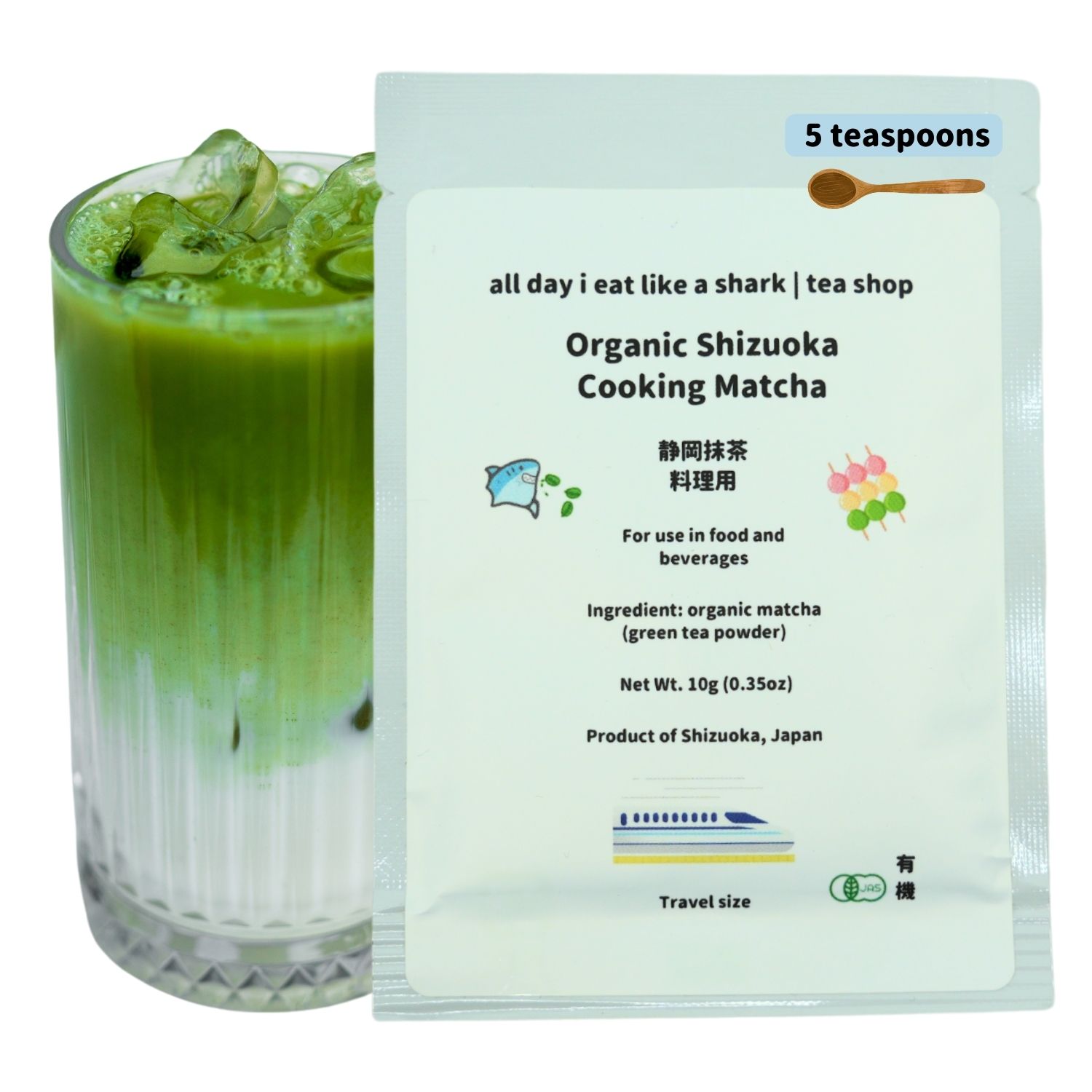

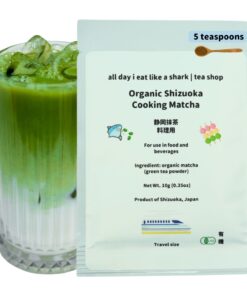
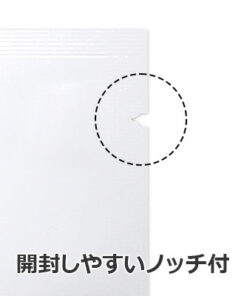


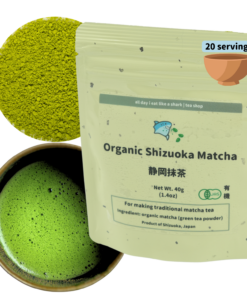
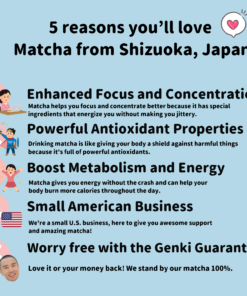
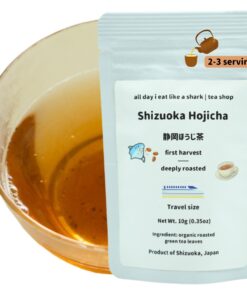
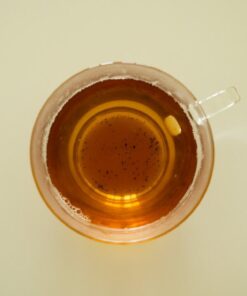
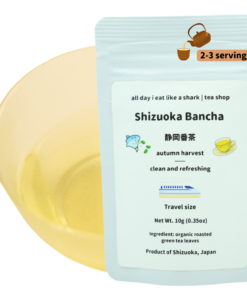
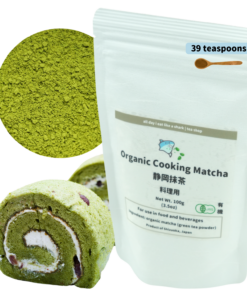




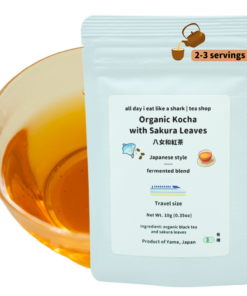
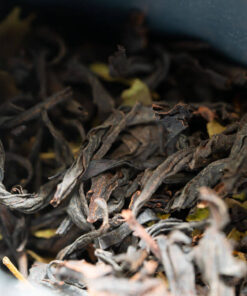

Reviews
There are no reviews yet.